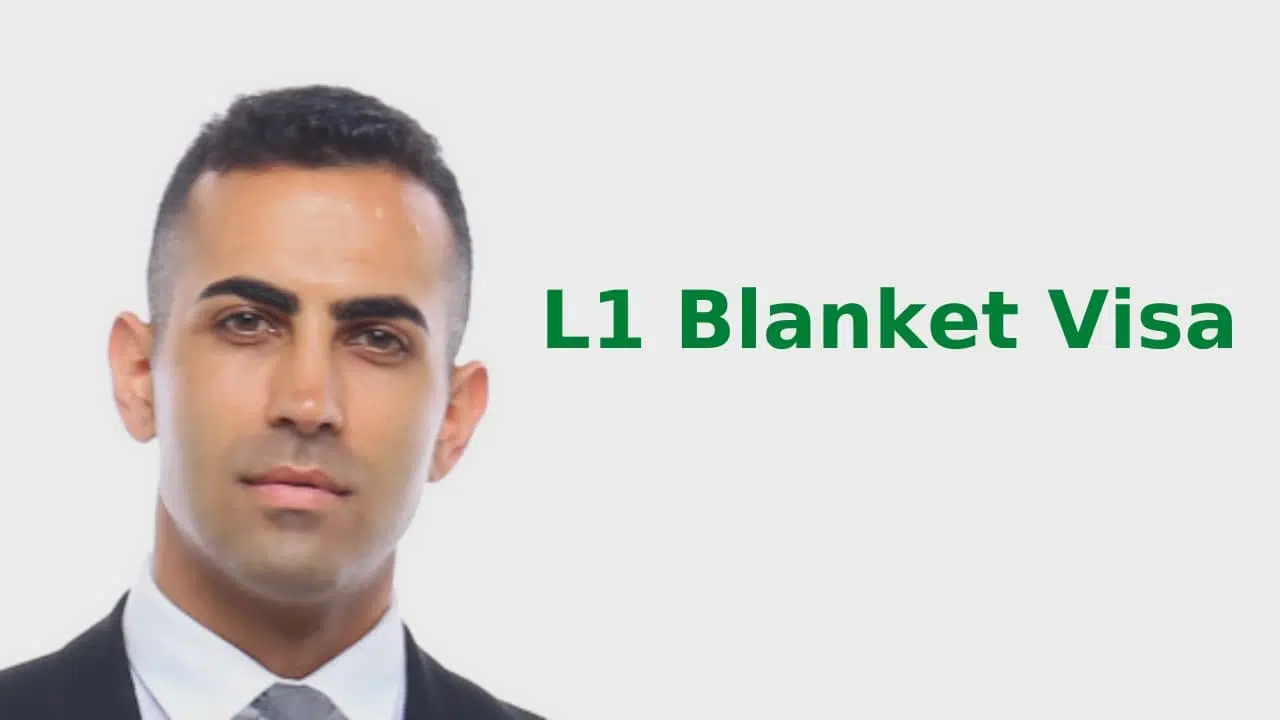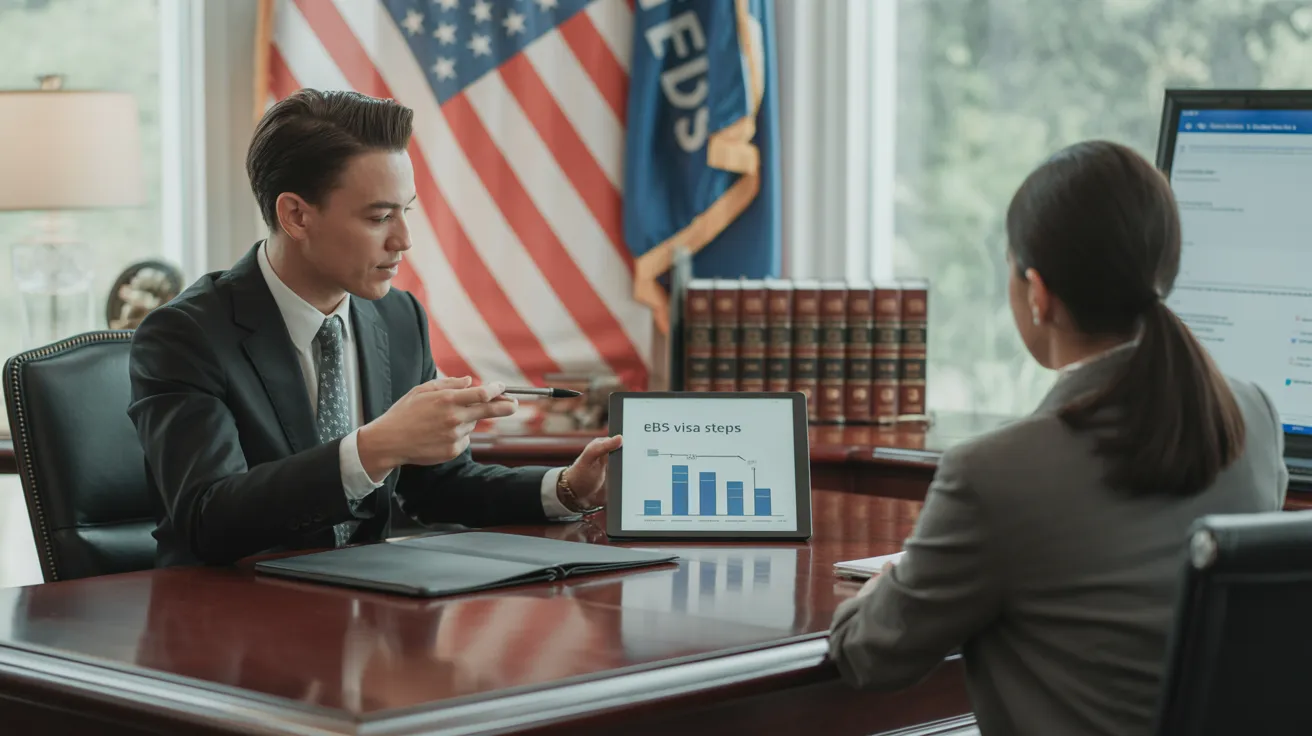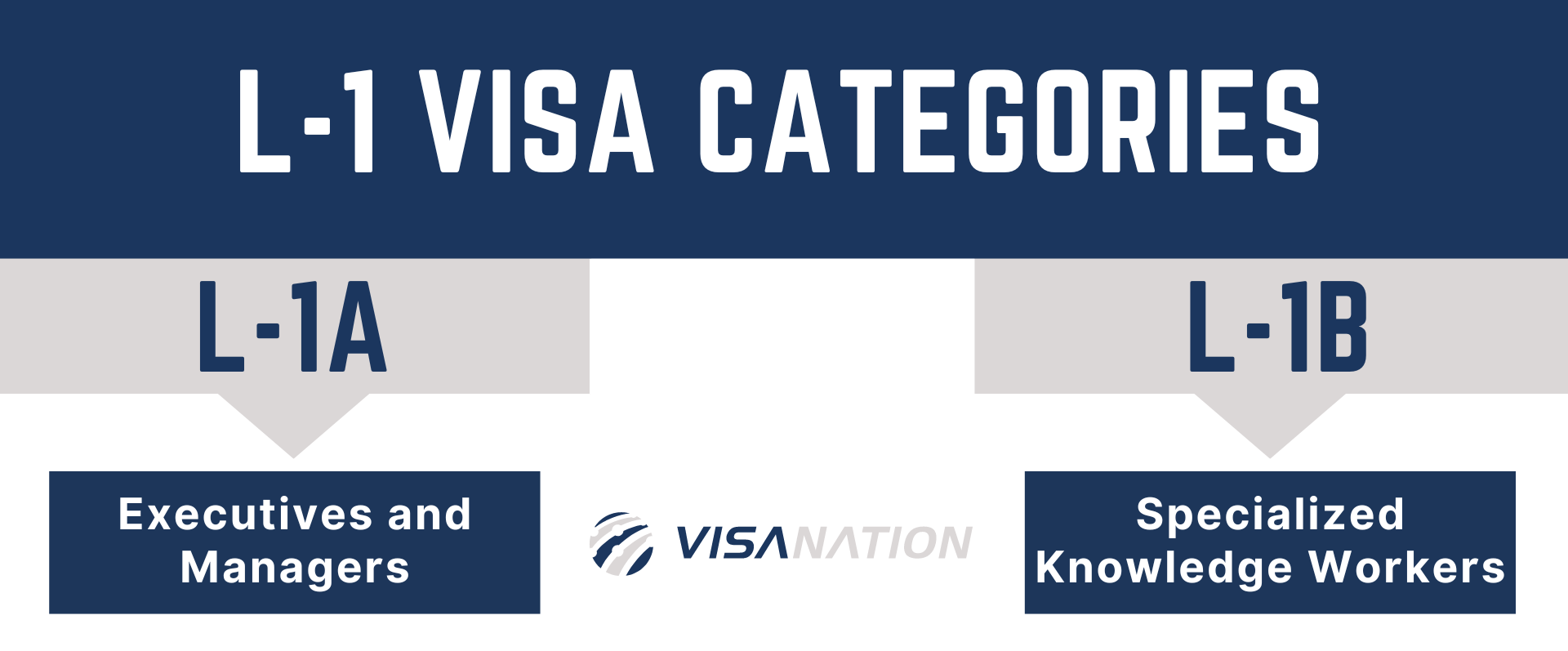Top Guidelines Of L1 Visa
Table of ContentsLittle Known Questions About L1 Visa.What Does L1 Visa Do?Our L1 Visa IdeasExamine This Report about L1 VisaSome Ideas on L1 Visa You Need To KnowThe Only Guide for L1 Visa
Offered from ProQuest Dissertations & Theses Worldwide; Social Scientific Research Premium Collection. DHS Workplace of the Inspector General. Retrieved 2023-03-26./f/84976/1003x1003/0d3a5ff0ea/l1a-visa_-everything-you-should-know-index.png)
United State Division of State. Fetched 2023-02-08. Tamen, Joan Fleischer (August 10, 2013).
Our L1 Visa Diaries
In order to be eligible for the L-1 visa, the foreign business abroad where the Beneficiary was employed and the United state company need to have a certifying connection at the time of the transfer. The different types of certifying partnerships are: 1.
Example 1: Business A is included in France and utilizes the Recipient. Firm B is incorporated in the united state and wants to seek the Recipient. Business An owns 100% of the shares of Company B.Company A is the Moms And Dad and Business B is a subsidiary. There is a certifying relationship between the two firms and Firm B need to be able to sponsor the Beneficiary.
Business A has 40% of Business B. The continuing to be 60% is possessed and regulated by Business C, which has no connection to Business A.Since Company A and B do not have a parent-subsidiary connection, Company A can not sponsor the Recipient for L-1.
Example 3: Business A is incorporated in the U.S. and wishes to petition the Beneficiary. Business B is incorporated in Indonesia and employs the Recipient. Firm A has 40% of Company B. The continuing to be 60% is had by Company C, which has no relationship to Company A. However, Firm A, by official arrangement, controls and complete takes care of Business B.Since Business An owns much less than 50% of Company B yet handles and manages the company, there is a qualifying parent-subsidiary connection and Company A can sponsor the Recipient for L-1.
Indicators on L1 Visa You Should Know
Firm B is included in the U.S.
All About L1 Visa

The L-1 visa is an L1 Visa law firm employment-based visa category developed by Congress in 1970, allowing international business to move their supervisors, execs, or vital workers to their U.S. operations. It is generally referred to as the intracompany transferee visa.

Furthermore, the beneficiary has to have worked in a managerial, exec, or specialized employee position for one year within the three years preceding the L-1A application in the foreign firm. For brand-new office applications, international employment has to have been in a managerial or executive ability if the beneficiary is pertaining to the United States to function as a supervisor or exec.
Top Guidelines Of L1 Visa

If given for a united state firm operational for even more than one year, the initial L-1B visa is for up to 3 years and can be extended for an additional 2 years (L1 Visa). On the other hand, if the united state firm is newly developed or has been functional for much less than explore your L1 Visa one year, the first L-1B visa is provided for one year, with expansions available in two-year increments
The L-1 visa is an employment-based visa classification established by Congress in 1970, allowing international companies to transfer their supervisors, execs, or vital workers to their united state procedures. It is frequently referred to as the intracompany transferee visa. There are 2 main types of L-1 visas: L-1A and L-1B. These types are appropriate for workers worked with in various positions within a business.
Our L1 Visa Diaries
Furthermore, the beneficiary has to have worked in a managerial, exec, or specialized staff member position for one year within the 3 years coming before the L-1A application in the foreign company. For brand-new office applications, international employment needs to have remained in a managerial or executive ability if the beneficiary is pertaining to the United States to work as a manager or exec.
for up to seven years to manage the operations of the united state associate as an executive or supervisor. If provided for an U.S. firm that has been functional for greater than one year, the L-1A visa is originally provided for approximately three years and can be expanded in two-year increments.
If provided for an U.S. firm operational for greater than one year, the preliminary L-1B visa is for up to three years and can be expanded for an additional 2 years. Conversely, if the united state company is freshly established or has been functional for much less than one year, the initial L-1B visa is issued for one year, with extensions offered in two-year increments.